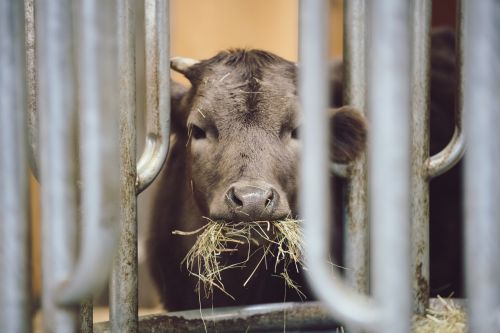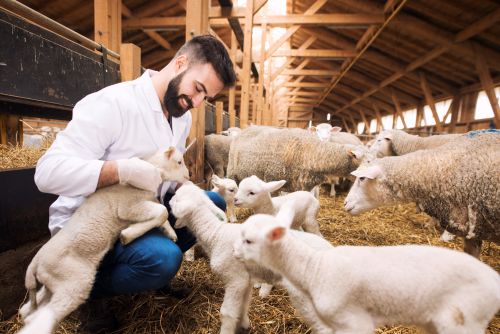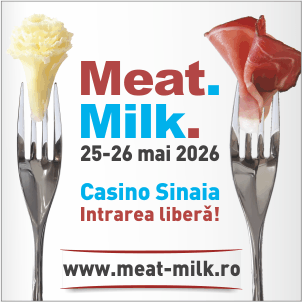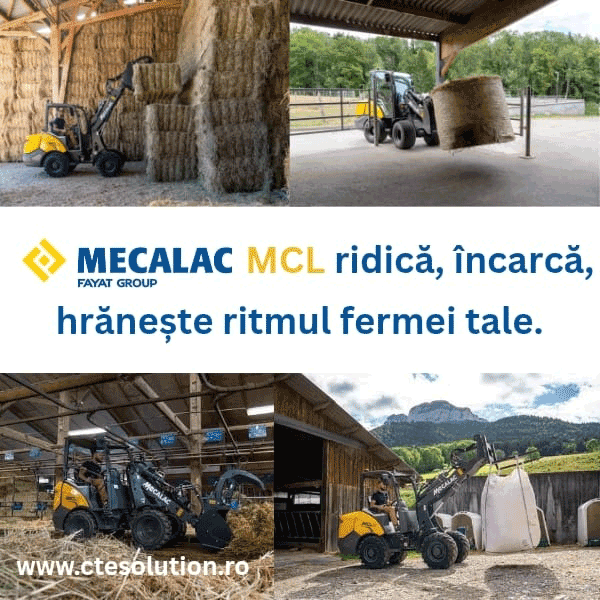1160
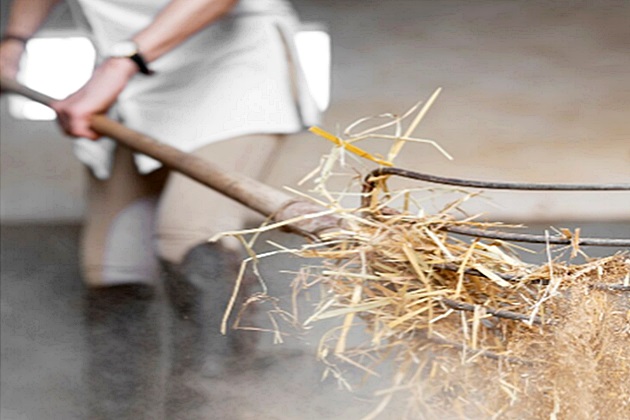
The analysis of the harvest over a decade is a comprehensive step in understanding the complexity of the quality of the new crop and the prevalence of mycotoxins. The program captures trends and allows robust data comparisons between years and regions.
This analysis plays an essential role in empowering feed and animal producers with the knowledge they need to make informed decisions, as stated in an AllTech study quoted by AllAboutFeed.
Challenging Conditions
In addition to the independent accredited Alltech 37+ laboratory in Dunboyne, which can detect up to 54 individual mycotoxins, collaborators like SGS, one of the world's leading testing and certification companies, enable us to capture the most robust set of new data on mycotoxins from 20 countries in Europe.
As part of the European Harvest Analysis for 2023, over 1,100 samples of cereals and feed were evaluated.
While Europe has experienced a delay in this growth season due to extreme drought conditions in the last 2-3 years, rains near harvest in northern and western Europe have caused delays, creating ideal conditions for mold and mycotoxin development.
These challenging conditions have led to an overall higher mycotoxin risk in Europe in 2023, with an average of 4.4 mycotoxins detected in each sample.
Mycotoxin Challenge by Specific Ingredients
To provide the most accurate representation of mycotoxin risk, Alltech places a strong emphasis on testing the most important cereals and feeds used in Europe but also tests cereals that can be exported to other regions.
In Asia, for example, this can help inform purchasing decisions related to specific commodities. Now, let's take a closer look at some of these ingredients.
Corn
Challenges related to aflatoxins resulting from drought-affected corn have dominated the mycotoxin landscape in Europe in recent years. Growers were fortunate not to face the same fate in 2023.
However, it has not been a perfect growing season yet, and with over 700 samples of new-crop corn analyzed this year, we can gain a good perspective on the mycotoxin dynamics in this ingredient.
Based on the majority of samples from central and southern Europe, aflatoxins were detected in almost 70% of samples (Figure 1), with average levels of 6 ppb. However, the most significant part of the risk in corn comes from Fusarium mycotoxins, such as zearalenone, deoxynivalenol, and T2-HT2 toxins.
Ochratoxin was more prevalent this year than in 2022, with average levels detected at 28 ppb. The overall risk for corn is considered from low to moderate when applying Alltech's REQ measurement.
Wheat and Barley
New samples of wheat and barley crops usually come from countries in northern and western Europe. Conditions in this region deteriorated severely around mid-June, and since then, unstable weather has wreaked havoc on harvest data, resulting in crops staying much longer in the field than usual.
The combination of wet and humid conditions with delayed harvesting has provided ideal conditions for Fusarium molds to thrive.
This has manifested directly in increased mycotoxin levels in these small grains, with barley posing particular challenges. Although specific reasons are not identified, barley presents a much higher risk than wheat and contains almost twice the number of mycotoxins per sample.
Penicillium mycotoxins are not something we would commonly associate with small grains during harvest, but they have been more frequently detected this year, possibly due to extremely challenging field conditions. Emerging mycotoxins are the most commonly detected groups in both ingredients, but the highest risk comes from type B trichothecenes.
An Old Trouble of Centuries
Although the Penicillium challenge has been the dominant point of discussion regarding feeds in recent years, it is worth comparing mycotoxin profiles and key risk factors in corn silage and ensiled grass.
As with most ingredients, emerging mycotoxins are most crucial here. However, in corn silage, type B trichothecenes are present in over 95% of samples, with average levels of 1,561 ppb, amplifying the risk. In comparison, ensiled grass faces the highest risk from Penicillium mycotoxins, with average levels of 338 ppb and an occurrence of over 62%.
Dr. Radka Borutova, European Technical Specialist at Alltech, noted that when both ingredients are included in a total mixed ration (TMR) diet, this can create an even greater cocktail of risk for dairy or beef animals.
The late harvest in northern and western Europe has amplified the challenge in straw that has remained on the ground for an extended period. The 60 straw samples sent to the laboratory this year have been, as in recent years, heavily contaminated with emerging mycotoxins and type B trichothecenes.
Average levels of type B trichothecenes were nearly 1,500 ppb. This is something animal producers need to be aware of wherever straw is used as bedding or as raw material for feeds.
Continuous Dynamic Risk Management
Mycotoxins are a dynamic and ongoing challenge, and although testing immediately after harvest provides an excellent overview of regional contamination patterns, what happens before the animal receives the feed — including post-harvest storage conditions and on-farm feeding practices — can have a significant influence on how the mycotoxins will actually be ingested by the animal.
To best manage this ongoing challenge, consider a routine testing program that can uncover specific risks for your business. With this information, you can make an informed choice regarding the necessary mitigation strategies to support the health and performance of your animals.
